Tech-obssessed yet steeped in tradition, South Korea is one of Asia’s most underrated destinations. Boasting vibrant neon-clad cities, lush bamboo-laden forests, and grandiose gold-plated temples, the curious traveler has no shortage of attractions to explore. A polite and friendly local populous to complement the experience, very few visitors ever leave disappointed.
Of course, you’ll need to come well-prepared to make the most of your trip. Read on to learn all about power adapters, packing must-haves, and a few South Korean pro travel tips for good measure.




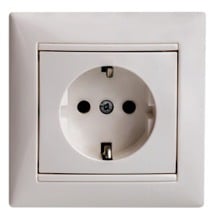
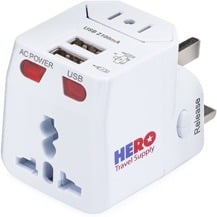


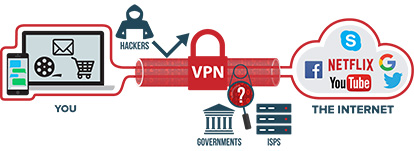



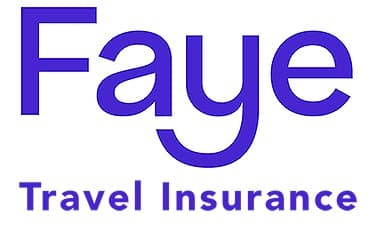


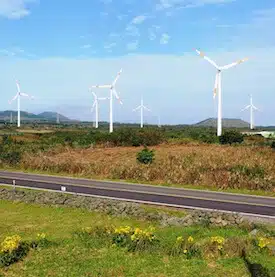
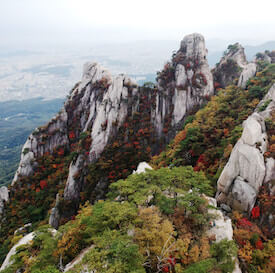 South Korea is a nation of four seasons, so the best time to visit depends on the activities and attractions that interest you most. Summer (June to August) sees the mercury soar, although it’s the intense humidity that causes most complaints. The monsoons tend to hit in July and August, so postpone your visit unless you’re prepared to cop torrential rain.
South Korea is a nation of four seasons, so the best time to visit depends on the activities and attractions that interest you most. Summer (June to August) sees the mercury soar, although it’s the intense humidity that causes most complaints. The monsoons tend to hit in July and August, so postpone your visit unless you’re prepared to cop torrential rain. A captivating mix of old and new, Seoul’s ultra-modern skyscrapers and shopping strips rub shoulders with its elegant ancient treasures. To orientate yourself by way of sweeping city views, the Seoul Tower Observation Deck offers the best vistas in town. For a quick history fix, a visit to the antiquated palaces is a must. Gyeongbokgung is the most grandiose, often compared to Beijing’s Forbidden City for its sheer size.
A captivating mix of old and new, Seoul’s ultra-modern skyscrapers and shopping strips rub shoulders with its elegant ancient treasures. To orientate yourself by way of sweeping city views, the Seoul Tower Observation Deck offers the best vistas in town. For a quick history fix, a visit to the antiquated palaces is a must. Gyeongbokgung is the most grandiose, often compared to Beijing’s Forbidden City for its sheer size.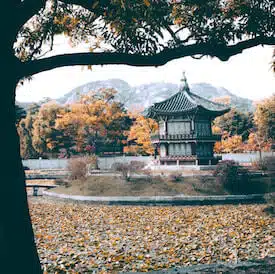 Seoul may get the most attention, but there are ample attractions to explore outside of the city as well. Alarmingly close to the capital lies the Demilitarized Zone (DMZ), which serves as a somber reminder of the ongoing tensions with North Korea. Another easy day trip from Seoul is Suwon, home to the World Cup Stadium and the captivating Hwaseong Fortress.
Seoul may get the most attention, but there are ample attractions to explore outside of the city as well. Alarmingly close to the capital lies the Demilitarized Zone (DMZ), which serves as a somber reminder of the ongoing tensions with North Korea. Another easy day trip from Seoul is Suwon, home to the World Cup Stadium and the captivating Hwaseong Fortress.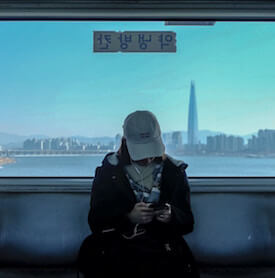 Korea’s high-speed rail system is superb, although it certainly doesn’t come cheap. Investigate whether pre-purchasing a KORAIL pass will save you money. The train also doesn’t cover the entire country, meaning you’ll need to take a bus now and then. Thankfully, Korean buses are reliable, clean, and reasonably priced–and best of all, there are departures literally every two minutes between the bigger cities.
Korea’s high-speed rail system is superb, although it certainly doesn’t come cheap. Investigate whether pre-purchasing a KORAIL pass will save you money. The train also doesn’t cover the entire country, meaning you’ll need to take a bus now and then. Thankfully, Korean buses are reliable, clean, and reasonably priced–and best of all, there are departures literally every two minutes between the bigger cities.